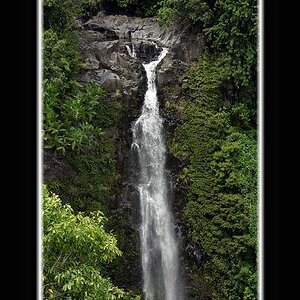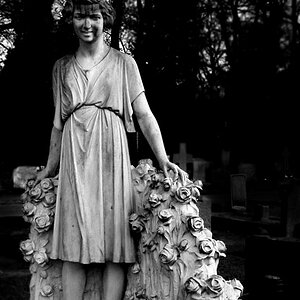Haylotx85
TPF Noob!
- Joined
- Feb 16, 2010
- Messages
- 14
- Reaction score
- 0
- Location
- Portland, Texas
- Can others edit my Photos
- Photos NOT OK to edit
Hi there! I am seeking advice for why I am getting so many out of focus photos. I am shooting with a Canon 6d with a 50mm/1.4. I take a lot of free photos for family and friends and would like to be able to charge people on of these days... but I will never be confident if my images don't become more consistently sharp and in focus. I want photos that you can zoom in on that are still clear! I am including a link of the latest photo session I did of my cousin who is a senior. You will find some decent photos and quite a few photos that were totally blown because they were not in focus. HELP! TIA! Here are all of the photos and further down in this post are 3 photos I pulled out to use as examples.
Karsyn Kemp Senior 2019 (EDITED PHOTOS) - Google Drive
1)Is it the technique I am using?
-- I most often shoot using my AF focal points, I move them around to the focal point I want to be most in focus.
2)Is it the distance for which I am trying using my 50mm?
-- I seem to get much better shots when I am taking an up close head shot opposed to standing back. The further back I stand, is it always necessary to bring my f stop up to achieve in focus photos?
3)Is it the lens?
-- Am I trying to take too many different types of photos with the same lens? Do I need to purchase something different for shots that are further away but will still achieve a great focus and sharpness? Do you have a lens recommendation? If my lens needed calibrated, would I be able to achieve any good photos or is this most likely caused by my technique?
I appreciate any insights you have, thank you.
Some examples from the above link, all images edited in LR:
ISO:200 f/1.8 1/50sec

ISO: 100 f/1.4 1/25sec

ISO: 400 f/2.0 1/80sec

Karsyn Kemp Senior 2019 (EDITED PHOTOS) - Google Drive
1)Is it the technique I am using?
-- I most often shoot using my AF focal points, I move them around to the focal point I want to be most in focus.
2)Is it the distance for which I am trying using my 50mm?
-- I seem to get much better shots when I am taking an up close head shot opposed to standing back. The further back I stand, is it always necessary to bring my f stop up to achieve in focus photos?
3)Is it the lens?
-- Am I trying to take too many different types of photos with the same lens? Do I need to purchase something different for shots that are further away but will still achieve a great focus and sharpness? Do you have a lens recommendation? If my lens needed calibrated, would I be able to achieve any good photos or is this most likely caused by my technique?
I appreciate any insights you have, thank you.
Some examples from the above link, all images edited in LR:
ISO:200 f/1.8 1/50sec

ISO: 100 f/1.4 1/25sec

ISO: 400 f/2.0 1/80sec














